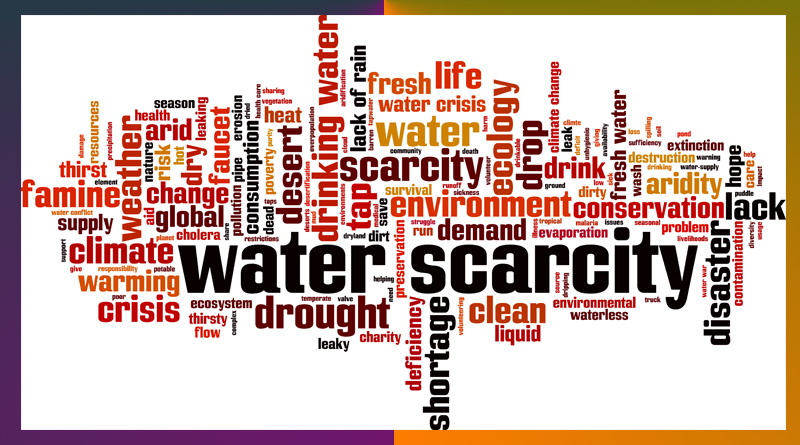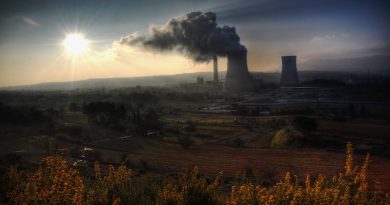Finally, a proper crisis! Shimla can expect solution now

Keeping up with the well-tested experience of citizens when it comes to civic infrastructure, where things reach a real crisis before seeing any action, the good citizens of Shimla probably won’t get time to think about this right now. But the current crisis will probably lead to some action finally, as the water crisis building up for close to a decade finally hit the headlines nationally this week. From tourists being advised to stay away, to water connections to every defaulting hotel and resort being ordered cut summarily by the High court, the tokenism has started in right earnest.
There is just one problem. Water is not a problem that can be fixed quickly. After all, there is only so much water available in the first place, and in Shimla’s case, its traditional water sources have literally started shrinking. A plan to lift water from the Sutlej through the Koldam scheme is still ‘in the works’. So put it at least two years away. Even the ‘easier’ task of fixing the leaks in the system, which allegedly leads to 25% of the supplied water being wasted, will take time to fix, thanks to the city’s topography as well as the nature of the work itself. So brace yourself for a forgettable summer if you are a tourist turned away, and hopefully, an unforgettable summer that marked a reversal finally to their water problems, for the harried residents.
Shimla gets its water from supply from five major water sources, which include Gumma, Giri, Ashwini Khad, Churta and Seog. Even though the installed capacity of Shimla is at 65 million litres per day (MLD) which is 20 MLD more than the 45 MLD demand, the residents receive 35 MLD of water throughout the year. This figure is due to the leakages in pipes and has been on a slow decline with Shimla’s water sources drying up. Currently, approximately 21MLD of water is being supplied to the residents of Shimla.
Shimla ’s exponential growth in population with its current population at 2.2 lakhs will need to be arrested. Moreover, every summer there is a massive influx of tourists reaching up to 30,000 people in the month of June. With no concept of sustainable tourism, this overcrowding of Shimla led to the irregular distribution of water, with hotels and certain pockets of the town receiving 3-4 hours of fresh water as compared to other sites that receive water for only 1 hour a day.
Currently, the authorities have deployed 27 tankers to distribute 2.25 lakh litres of water in 62 points across the city and are planning on lifting 14MLD from the Gumma pumping station instead of the fixed 11MLD.
The tragedy is that for such a sensitive ecosystem, the current crisis will actually lead to more abuse in the short term. Witness the spike in the sale of bottled water and it’s attendant plastic pollution as people struggle to cope with the need for clean drinking water.
But fear not Shimla, the time-tested marker for action to start, namely, the courts taking over the executive’s role with supervisory roles, is already visible. Even as the high court bans the supply of water to private individuals or the government, bar the Governor and the Chief Minister, it is clear that this time, people have finally had enough. Shimla has, unfortunately, become a test case of what to do, right after decades of what not to do. Fortunately, at just over 2 lacs population, it will hopefully find a sustainable way out of this crisis. In a country with literally hundreds of cities that have higher populations, and a water situation as precarious if not worse, the lessons from Shimla will be well worth watching. Shimla, you have an audience.
![]()




